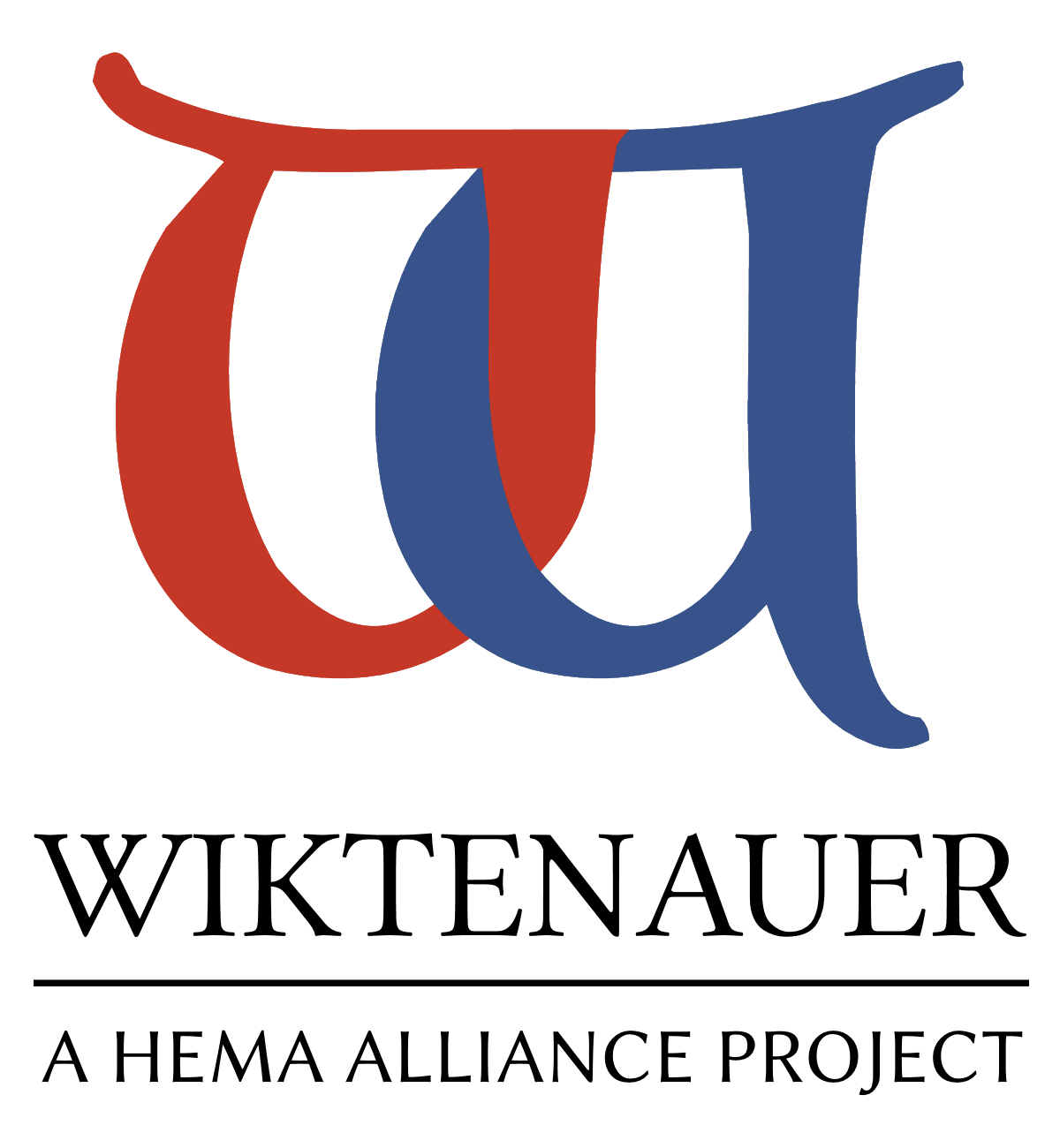|
|
You are not currently logged in. Are you accessing the unsecure (http) portal? Click here to switch to the secure portal. |
Pieter Bailly
| Pieter Bailly | |
|---|---|
| Born | 1554 Antwerp |
| Died | after 1608 Amsterdam (?) |
| Occupation |
|
| Nationality | Dutch |
| Alma mater | Universiteit Leiden |
| Influences | Ludolph van Ceulen |
| Influenced | Gérard Thibault d'Anvers |
| Genres | Fencing manual |
| Language | Dutch |
| Notable work(s) | Cort Bevvijs' Van t'Rapier alleen |
| Manuscript(s) | MS KB.72.F.37 (1602-1608) |
| First printed english edition |
Galas and Steenput, 2011 |
Pieter Bailly (1554-after 1608) was a 17th century Dutch artist and fencing master. Born in Antwerp, he settled in Leiden in 1577 and married a woman from Noordwijk; they would eventually have two daughters and two sons, including famed artist David Bailly (1584–1657).[1]
In 1578, he was appointed pedel (macebearer) at the Universiteit Leiden.[1] A scribe and draftsman by trade, he was eventually also hired as a writing master by the University in 1592;[1] he was successful as an artist, but his son would go on to eclipse him in fame.
In 1594, Bailly became a provost at the fencing school of Ludolph van Ceulen (1539-1610) at the University.[1] He swore a fencing master's oath on 22 September 1597, which among other things, prevented him from teaching fencing outside of van Ceulen's school. In 1598, he was dismissed from his position at the University under accusations of misconduct, but when he attempted to open his own fencing school to earn more income, van Ceulen filed a complaint with the Leiden council that he was violating his oath and the council shut his school down in 1602.[2]
In response, Bailly moved to Amsterdam that same year and received an appointment as city fencing master. In Amsterdam, he composed a short fencing treatise about the use of the rapier, Cort Bevvijs' Van t'Rapier alleen (KB.72.F.37), which doesn't follow standard Italic or Iberic teachings and may represent a local Dutch tradition.[3] It's likely that he executed both the calligraphy and the illustrations in the manuscript himself (though his son David could also have been involved).[1] The introduction indicates that the manuscript is volume 1 of a larger work, but it's unknown if he ever produced any further writings.
The date of his first wife's death is unknown, but Bailly married Cathelina De Witt in 1604. The final record of Bailly's life has him leaving Amsterdam in 1608 to spend a year in Germany, and the date and location of his death are unknown.[3]
Contents
Treatise
Illustrations |
Archetype | |
|---|---|---|
| Translation | Transcription |
For further information, including transcription and translation notes, see the discussion page.
| Work | Author(s) | Source | License |
|---|---|---|---|
| Images | |||
| Translation | Reinier van Noort | De School voor Historische Schermkunsten | |
| Transcription | Reinier van Noort | Index:Cort Bevvijs' Van t'Rapier alleen (MS KB.72.F.37) |
Additional Transcription and Translation Notes: Copyright 2016 by Reinier van Noort. Subject to Fair Use in the Copyright Act of the United States of America. Users may, without further permission, display, save, and print this work for personal, non commercial use, provided that the copyright notice is not severed from the work. Libraries may store this material and non-commercially redistribute it to their patrons in electronic or printed form for personal, non-commercial use, provided that the copyright notice is not severed from the work.
Additional Resources
The following is a list of publications containing scans, transcriptions, and translations relevant to this article, as well as published peer-reviewed research.
- Galas, Matt; Eli Steenput (2011). "The Cort Bewijs of Pieter Bailly: A Dutch Rapier Manual, Circa 1602 – 1608." Arts de Combat. Théorie et pratique en Europe ⅩⅣe-ⅩⅩe siècle: 33-76. Ed. by Fabrice Cognot. Paris: Association pour l'Edition et la Diffusion des Études Historiques. ISBN 978-2-907594-12-7.
